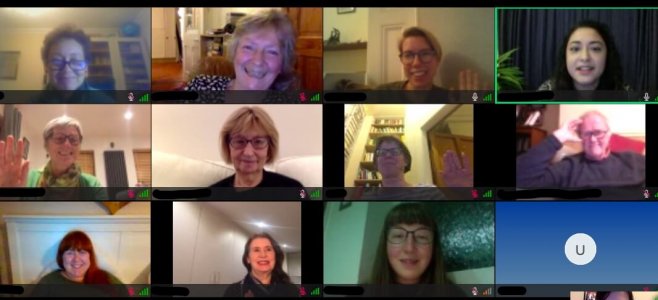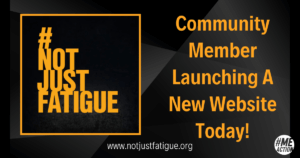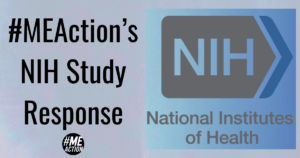We were delighted that so many people joined #MEAction UK’s second community call on the draft ME/CFS guideline published by the National Institute for Health and Care Excellence (NICE). Thanks to all those that took part and provided so many helpful comments.
Discussions highlighted that people welcomed the withdrawal of graded exercise therapy and clear warnings about the danger of increasing activity for people with ME. As in the first community call, it was clear that the education of professionals will be critical if the guidelines are to be understood and implemented. We also discussed the criteria selected to diagnose ME/CFS and the suitability of the four point scale from mild to very severe to assess the severity of ME/CFS.
The four sections of the guideline we discussed in the call were selected by a poll of those who registered to take part. These were:
- Diagnosis
- Managing ME/CFS – Physical Activity
- Terms used in this guideline
- Managing coexisting conditions
The results from the two community calls, along with comments sent by email and on social media, will be used in framing #MEAction UK’s response to NICE.
Diagnosis (section 1.4)
The draft guideline sets out four symptoms that a patient must have to be diagnosed with ME: (see section 1.2):
- debilitating fatigability
- post-exertional symptom exacerbation that is prolonged and delayed
- unrefreshing sleep
- cognitive difficulties (sometimes called ‘brain fog’)
The discussion on these four symptoms identified some concerns with the inclusion of cognitive symptoms as several participants pointed out that, while cognitive impairment is very common, not everyone suffers it, especially at the start of the illness.
We discussed the use of the Institute of Medicine’s 2015 criteria which NICE has adapted for the draft guideline.
There was concern over wording that ME should be suspected if ‘symptoms are new and had a specific onset’ and ‘the person’s ability to engage in […] activities is significantly reduced from pre-illness levels’. It was felt that some illnesses start with subtle symptoms and, especially with children in school, reduction in activity isn’t always obvious. Some felt it would be helpful if NICE defined what a significant reduction in activity is.
Several people expressed concerns about the recommendation that a psychological wellbeing assessment should be included if ME is suspected. Multiple participants talked about the standard questionnaire used for assessment which currently includes questions relating to having little energy, trouble concentrating and trouble sleeping and can give rise to a mistaken diagnosis of depression.
Managing ME/CFS – Physical Activity (section 1.11.15)
There was general agreement that the section on physical activity was an improvement on the previous guideline, particularly with the inclusion of the warning against graded exercise therapy (GET) or using activity or exercise as a cure or treatment. Positive comments were around the inclusion of an explicit warning of the risks of physical activity, which was welcomed because people felt that healthcare professionals currently don’t inform patients of these risks.
There were significant concerns about the recommendation of a physical activity programme, even with the caveats attached. Participants noted that the idea that there is something patients can/should be doing runs through this section. It was questioned why a physical activity programme is given prominence. People were also concerned about who physical activity programmes would be offered to. It needs to be made clear that, as well as people wanting to increase activity, they must already be maintaining a stable baseline and coping with daily living with no post-exertional symptom exacerbation: this was the most important thing to take into consideration. The recommendation that a physical activity programme should be considered if patients would ‘like’ to start one, was felt to imply that there is a choice or a desire involved, rather than increased physical activity being impossible for many.
A major question in the discussion was ‘how do we unpick the whole exercise ethos that has filtered through to all services?’ This attitude will be difficult for practitioners to unlearn and will require extensive retraining. It was felt that the fallback position on physical activity is likely to be ‘if you don’t try you don’t know’. Newly diagnosed patients often share this ‘push through’ attitude and the draft guideline still allows the dangers of physical activity to be understated and not treated as the threat to health that it is for people with ME.
Another question was how the guideline will be used to support people with an existing ME/CFS diagnosis and those who have been ill for a long time but have no diagnosis. The existing treatment of children is very worrying and, as one parent who had been threatened by social services said: ‘It doesn’t matter how you change the guidelines – the beliefs [and] attitudes still remain.’ When the parent referred to the current guideline in order to stop the incarceration of a child the psychiatrist said it was ‘Just a guideline.’
Terms used in this guideline (page 41)
The section on the terms used in the guideline gives the NICE definition of 20 words/phrases. The discussion covered the following terms:
Mild/moderate/severe/very severe ME/CFS: there were a range of issues identified with this four point scale for assessing a patient’s level of ME/CFS. The key issues were around the descriptions of each level. For example, it was felt that there was too big a gap in the descriptions of moderate and severe. It was suggested that all levels be increased by a grade to reflect the levels of disability and the impact on people’s lives. One person said that ‘mild’ means they just haven’t used all of their energy and pointed out that people don’t talk about mild cancer. A continuum, perhaps based on a percentage rating, would be better to account for fluctuations in levels and to deal with flares and relapses.
Flare and relapse: There was widespread confusion over the terms flare and relapse. It was felt that these terms were not quantified, loosely worded and subjectively assessed. What is the difference between a relapse and a flare as they are both described using the same words, and how does this differ from post-exertional symptom exacerbation? It was felt that these terms needed to be more clearly defined.
Post-exertional symptom exacerbation (PESE): there were different views on NICE’s use of the term post-exertional symptom exacerbation rather than post-exertional malaise, but no agreement on which was the best phrase to use. The definition in the guideline states that ‘symptoms typically worsen 12 to 48 hours after activity’: one participant pointed out that PESE is not always delayed and can occur immediately after activity.
Managing coexisting conditions (section 1.12)
Participants were pleased that the draft guideline states that other conditions should be investigated and managed in accordance with best practice. However, participants suggested several tests that should be included in the guideline: the tilt table test, Beighton score, assessment for fibromyalgia, food intolerances and a sleep study. POTS, MCAS, EDS, hypermobility and migraine were all mentioned as possible conditions to investigate. It was pointed out that there are currently so many tests that aren’t offered to ME patients leaving them to do the detective work themselves.
The management of two conditions where one involves exercise and the other is ME, where exercise is contraindicated, was brought up. It was felt that the guideline should state explicitly that the principles of energy management should override the usual management of the other condition or conditions.
Once again, this community discussion has been extremely helpful in steering #MEAction UK’s response to NICE’s consultation on the draft guideline. We would like to thank everyone who took part in and contributed to this second community call.
Read about discussion in the first community call here.
Find out how we are responding to NICE and what you can do here. You can submit your own response and take part in our social media polls.
Follow us on social media here: Facebook, Twitter, Instagram, YouTube






